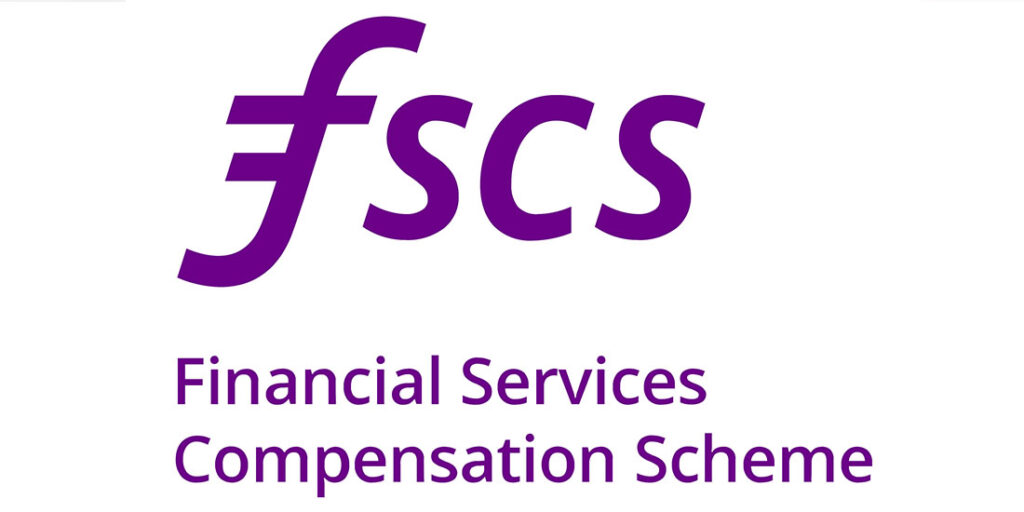
Investing via peer-to-peer lending compared to other saving forms
With peer-to-peer lending reaching nearly £11 billion in the UK in 2018, according to the Peer-to-Peer Finance Association, the industry is going from strength to strength. With savvy consumers researching the best place to grow their money and increasingly choosing peer-to-peer lending, we compare this maturing market with mainstream investment options.
Returns
Peer-to-peer lending platforms are taking advantage of high street lenders’ reduction in willingness to lend and filling the gap by matching borrowers with lenders. By cutting out the banks, loans can be sorted out much faster.
Looking at other options, Prudential’s asset manager, M&G, found that the average annual return on UK investments between 1989 and 2018, adjusted for inflation, was 5.2% for equities, 4.6% for bonds and 0.8% per annum for cash (Morningstar, Inc., and M&G as at 30.11.14).
According to MoneyFacts, the average easy-access savings account offers just 0.52% per annum.
Peer-to-peer platforms allow lenders to choose which projects they would like to invest in, allowing them to make informed decisions and select options to suit their requirements and interests. Some lenders enjoy the feeling that they are helping small businesses for example, who may otherwise be unable to access affordable funding.
Alternatively, platforms often offer their own investment package, meaning that the lender does not have to be involved in selecting borrowers. This will usually spread the investment over a wide range of borrowing opportunities, reducing risk*. There can even be a higher return when the investor selects their own range of investments*.
Peer-to-peer lenders are now starting to offer Innovative Finance ISAs, known as IFISAs, as part of their range of investment options. Up £20,000 per annum can be invested, with all interest tax-free for the life of the IFISA*.
Volatility
Peer-to-peer borrowers tend to be small business owners, consumers and those wishing to increase their real estate holding. The lending is not therefore directly tied to the stock market, however still suffers from volatility like any lending method.
Lenders can choose the period time over which they want to lend money, preventing quick overreactions to a fluctuating market and contributing to a more stable investment opportunity*.
Stocks and real estate both fluctuate as the market ebbs and flows. While bonds are less variable, they traditionally offer the lowest return.
Security
Peer-to-peer lending platforms carry out credit and background checks on potential borrowers, ruling out those who do not meet the required standard, and often grading those who are selected according to risk level. Lenders can choose the type of borrower they want. As is usual, returns can be higher with an increased risk.
If a borrower defaults on their loan, the platform will chase them for payment. Some platforms ensure that all loans are secured against property and they may also have a fund in place to cover some or all of the default.
However, it should be noted that peer-to-peer investing is not covered by the Financial Services Compensation Scheme (FSCS). This means that in the event of default, some or all of the amount invested could be lost.
Cash and bonds offer high security, backed by the FSCS to the sum of £85,000. Bonds are an alternative to shares, and are paid out before shares in the event of bankruptcy. Money invested in stocks and shares can fluctuate and lose money. The risk is higher if investments in only one company are held.
It is possible to diversify holdings in peer-to-peer lending, choosing a variety of projects to spread the risk.
The most reputable peer-to-peer lenders will have an orderly wind-down policy in place, to prevent chaos in the event that the platform ceases to trade.
Level of investment and access to money
Many peer-to-peer lenders have a minimum investment level of £100, allowing new investors to try their services without having to put in a large sum to start with.
While stocks and shares may also offer a low minimum investment, dealing costs often make it less profitable to start small. Bonds and cash savings accounts allow low start, but with lower returns.
When investing in peer-to-peer loans, there is usually the option to choose the length of time for which you wish to tie up your money. If a loan is repaid early, then the money will be returned to you at that time. If you wish to withdraw your money early, this may be possible if another investor is available to take over the loan part. Money is likely to be tied up until a new investor is found.
Access to money in bonds and savings accounts may be restricted, with loss of income for early withdrawal, while shares can be sold instantly if there is a buyer, subject to dealing fees. Real estate investment ties money up long-term and can be difficult to exit if the market is depressed.
Regulation
Regulations for mainstream investments are well-established. The newer peer-to-peer lending industry has been regulated by the Financial Conduct Authority (FCA) since April 2014. As growth in the sector continues, new FCA rules are set to come into force in December 2019. The FCA aims to ensure that people understand the difference between peer-to-peer lending and ordinary high street savings accounts.
The FCA’s executive director of strategy and competition, Christopher Woolard, said: “These changes are about enhancing protection for investors while allowing them to take up innovative investment opportunities.”
In summary
Investment in peer-to-peer lending offers an opportunity for those seeking better rates* and independence from the stock market to diversify their portfolio. While there is a risk that some or all of an investment can be lost with peer-to-peer lending, the risk can be spread to manage this*. By investing an affordable amount in peer-to-peer lending and considering whether, within the chosen platform, the investment has been allocated to enough different projects, risk can be reduced*.
Kuflink offers investors the chance to choose their own investments or, for those who prefer to invest more widely and with less input, an auto-invest option is available, which is regularly updated, fully vetted and selected by experts to maximise potential returns.
Find out more about peer-to-peer lending today.
*Capital is at risk and Kuflink is not protected by the FSCS. Past returns should not be used as a guide to future performance. Securing investments against UK property does not guarantee that your investments will be repaid and returns may be delayed.













